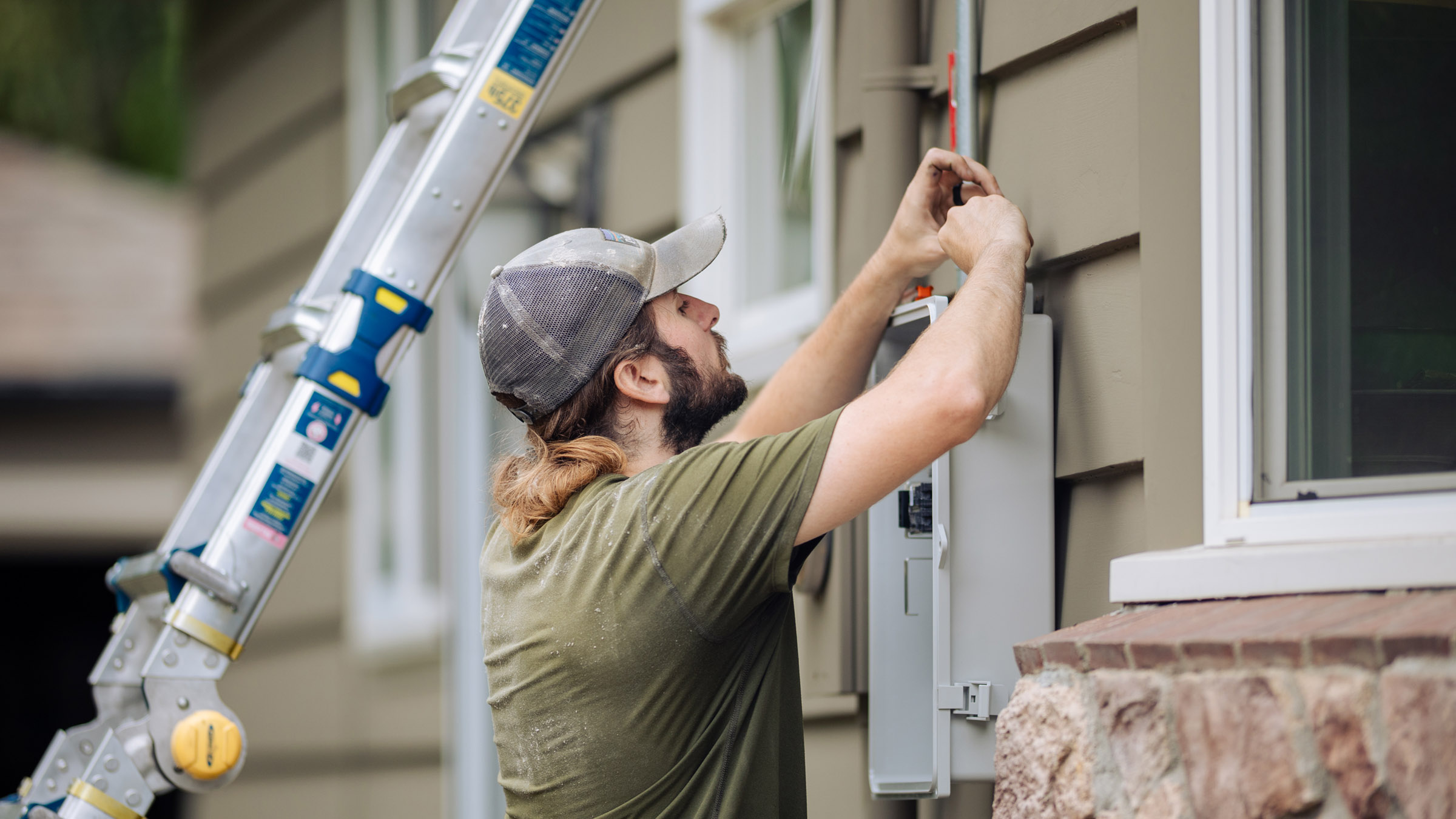The Reemployment Services and Eligibility Assessment (RESEA) program, a state-administered program funded through the U.S. Department of Labor (DOL), is a growing part of states’ efforts to find jobs for unemployed workers. In 2019, around 10 percent of individuals on unemployment insurance (UI) participated in the program, up from 7 percent in 2015. This corresponds to an increase of roughly 100,000 people, from around 1.1 million to 1.2 million. However, RESEA activity cratered in 2020 with the onset of the COVID-19 pandemic: participation fell to just over 1 percent of UI claimants that year, then rose slightly to around 4 percent in 2021. RESEA services are intended for non-job-attached UI claimants, so many claimants were not considered for RESEA, as they expected to be called back to their former employers. And many RESEA staff were reallocated to help address the unprecedented influx of applications for UI.
At the same time, providing RESEA services in-person was not feasible due to social-distancing requirements. This forced a shift to providing services remotely, leading to a dramatic and less-well-known disruption to the UI system. Here, we explore the disruptions, both nationally and in one state—Montana—that is working to improve its delivery of RESEA services.
A voluntary program to encourage faster reemployment
The federal government provides funding to states for the RESEA program to encourage faster reemployment among UI claimants. In 2021, 48 states, Puerto Rico, the U.S. Virgin Islands, and the District of Columbia participated in this voluntary program and received a total of $146 million in funding to provide job-search assistance and career counseling.*
The program was originally limited to UI claimants who were most likely to exhaust their benefits before finding a new job, but today states have more discretion about how to select participants and structure RESEA programs within certain criteria. First, the program must offer all of the following core services: an assessment to confirm continued UI eligibility, provision of labor market and career information, the development of an individualized reemployment plan, and information about other available trainings and services, which take place through American Job Centers. (Note that states use their own brands for these one-stop career centers; for example, Montana calls them Job Service Offices and Minnesota calls them CareerForce Centers.) Second, in addition to the portion of allocated funding that goes toward things like administrative and evaluation costs, an increasing portion of allocated funding—25 percent by 2023—must be used to provide services that either have strong evidence supporting their effectiveness or are in the process of being evaluated for effectiveness.
The COVID-19 pandemic’s challenges for RESEA
During the COVID-19 pandemic, many states diverted RESEA staff to support the large UI claim volume and new pandemic-era programs, and 34 states temporarily suspended RESEA services. As a result, the number of RESEA appointments declined sharply in the early months of the pandemic even as the number of people receiving UI benefits increased.
This was true nationwide: as seen in Figure 1, RESEA appointments fell by 40 percent in 2020 relative to 2019, with a partial rebound in 2021, which is the most recent full year of data.
Importantly, states also moved their services from in-person to remote delivery. As seen in Figure 2, in a survey of states running RESEA programs, prior to the pandemic nearly all surveyed states offered in-person appointments and less than one-fifth offered remote options of either phone or video appointments. By the spring of 2021, 80 percent offered a phone option and 60 percent offered a video option, while only about 30 percent offered an in-person option. The shift to offering remote delivery options is likely to be permanent, but little is known about their comparative efficacy.
Evaluating RESEA’s effectiveness in Montana
Ensuring the effective implementation of RESEA is a key priority of the DOL, and up to 10 percent of federal RESEA funding can be used for evaluation of services. As with the broader UI system, states have some latitude in the specific design elements and implementation of the RESEA program. This allows states the flexibility to decide what best serves their unemployed population, but it also provides the possibility of evaluating different aspects of the program. Rigorous evaluations can help states understand important shifts in practice, like the pandemic-prompted move to remote services described above. So far, it’s not clear whether the shift to remote delivery has benefited RESEA participants. As in-person services become possible again, understanding the trade-offs of different modes of delivering services is crucial.
To better understand the effectiveness of aspects of the RESEA program and the program as a whole, researchers at the Federal Reserve Bank of Minneapolis are working with the Montana Department of Labor and Industry to study its RESEA program. This work will enable us to compare RESEA participants to similar, non-RESEA-participant UI recipients in a more credible way than is possible with the currently reported public data.
Within the criteria of the RESEA program, Montana has made program decisions that are not used by all states. First, it does not require additional RESEA meetings beyond the first appointment. Second, it selects the unemployment claimants most likely to exhaust benefits. Third, it provides all appointments via video conferencing, with telephone or in-person options available when needed. The pandemic served as the catalyst for this approach for RESEA in the state. Montana was preparing for remote services prior to the pandemic, and the inability to provide in-person services expedited that shift. In making the transition, Montana was at the forefront of a growing group of states exclusively providing services remotely. While Montana saw a drop in claims during the pandemic’s onset and the shift to remote services, the decline was relatively small, as seen in Figure 3. First RESEA appointments in 2020 were only 23 percent below first RESEA appointments in 2019, compared to the 40 percent drop seen nationally.
The DOL receives outcome data from states for RESEA participants and a group of non-RESEA participants with similar characteristics. However, the data don’t allow analysts to say whether differences in employment and duration of UI receipt are attributable to participation in the RESEA program. While members of the comparison group are supposed to have similar characteristics to RESEA applicants, the two groups could differ in a number of ways. In Montana, for example, RESEA-selected individuals are the most likely to exhaust benefits and accordingly—by design—have different underlying characteristics (and likely different employment outcomes) than the comparison group.
We do not yet know the implications of this change in the delivery of services. In Montana, remote services may better serve rural populations that would have to drive a long distance to reach the closest Job Service Office. Remote appointments may also increase engagement generally if participants find them more convenient. Additionally, remote services allow staff to serve any area of a state, possibly increasing the efficiency of staffing and uniformity of services provided.
This work will contribute to a broader nationwide effort to evaluate RESEA and share findings across states. Learning more about RESEA’s impact is crucial for ensuring that states can implement the program in a way that effectively serves current participants and prepares for the next downturn.
The findings and conclusions in this article are those of the authors and should not be construed to represent any official U.S. Department of Agriculture or U.S. government determination or policy.
Endnote
* The program is also intended to strengthen UI program integrity by reducing payments to ineligible individuals, such as those who quit their jobs or claimants who are not actively searching for work, and to improve coordination and alignment across public workforce system partners.







